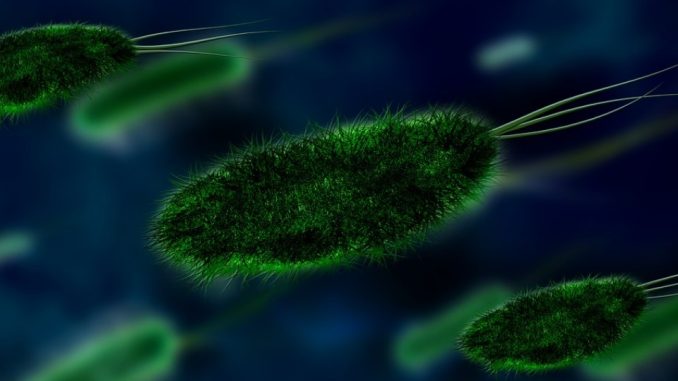
It’s a Friday World Transformed, complete with aliens and GEEKOUT.
Cosmonaut says space station bacteria ‘come from outer space’
The bacteria turned up after swabbing of the space station’s exterior. The question is, how did they get there?
Shkaplerov told the Russian news agency Tass that cosmonauts collected the bacteria by swabbing the outside of the space station during space walks years ago.
“And now it turns out that somehow these swabs reveal bacteria that were absent during the launch of the ISS module,” Shkaplerov told Tass. “That is, they have come from outer space and settled along the external surface. They are being studied so far and it seems that they pose no danger.”
Student Invents A Phone Battery That Lasts 400 Years
Back in April, Thai was messing around in the lab and coated a gold nanowire in a manganese dioxide shell, then once again in an electrolyte made of a Plexiglas-like gel. “The coated electrode holds its shape much better, making it a more reliable option,” said Thai, according to MNN. “This research proves that a nanowire-based battery electrode can have a long lifetime and that we can make these kinds of batteries a reality.”
This battery could not only greatly increase the lifespan of products, but also reduce waste and help increase the mileage range of electric vehicles. Here’s the downside (you knew there had to be one). These batteries would probably be too expensive to mass produce. However, UCI researchers believe nanowires coated with nickel could give a similar result. I can already hear my old woman self saying “back in my day, my iPhone battery would only last ten hours. You kids don’t know how good you have it.”
Tiny robot designed to fight cancer could be inserted into human body
Scientists have developed tiny, remote-controlled “microrobots” with the ability to release cancer-targeting drugs, which they hope will one day be used to diagnose disease and administer drugs inside the human body.
Known as “biohybrids”, they are biological cells with useful engineered features added on, namely magnetic particles that allow them to be guided around the body.
But despite their highly technical capability, the robots are made from spirulina algae, a product more recognisable as a health food product than a construction material.
“Rather than fabricate a functional microrobot from scratch using intricate laboratory techniques and processes, we set out to directly engineer smart materials in nature,” said Professor Li Zhang, an engineer at the Chinese University of Hong Kong who contributed to the Science Robotics study.
Artificial intelligence will plunge into the universe of molecules in the search for amazing drugs
In our galaxy, they are 100 to 400 billion galaxies in the Universe, and even more. Out in the night sky not as many stars. However, even this number gives us a deep story… of drugs and medicines. The fact that the number of possible organic compounds with medicinal abilities exceeds the number of stars in the Universe by more than 30 orders of magnitude. And chemical configurations that are created by scientists from existing medicines, akin to the stars that we could see in the center of the city at night.
“There are two strategies of innovation on the basis of the AI in the pharmaceutical industry, which will provide you the best molecules and the rapid approval,” says lark. “One is looking for the needle in the haystack, and the other creates a new needle”.
To find a needle in a haystack, the algorithms are trained on large database of molecules. Then they are looking for molecules with the appropriate properties. But to create a new needle? This opportunity is offered on generative adversarial network specializiruetsya larks.
These algorithms put two neural networks against each other. One generates a meaningful result, and the other decides whether the result is true or false, says lark. Collectively, these networks generate new objects such as text, image or, in this case, the molecular structure.
GEEKOUT
New Pixar movie
Justice League
WT 376-687